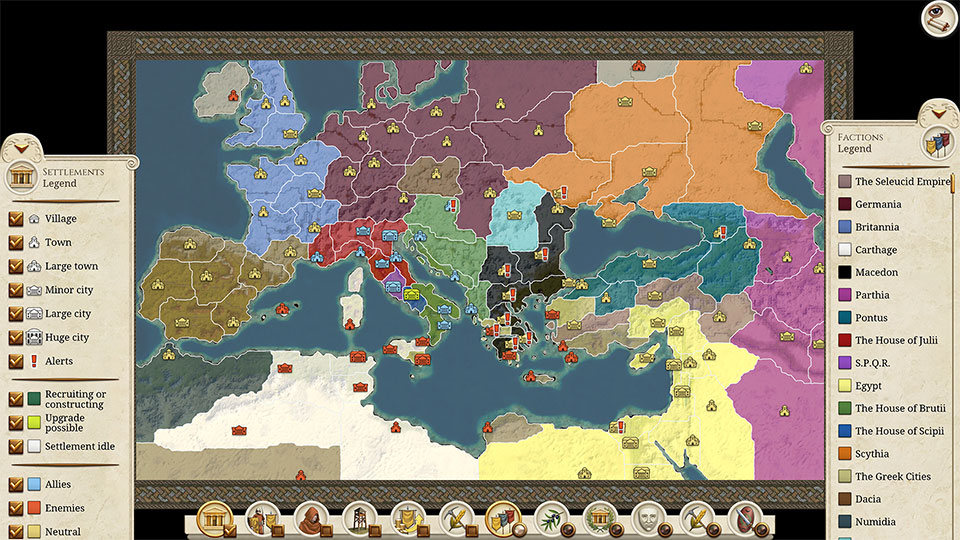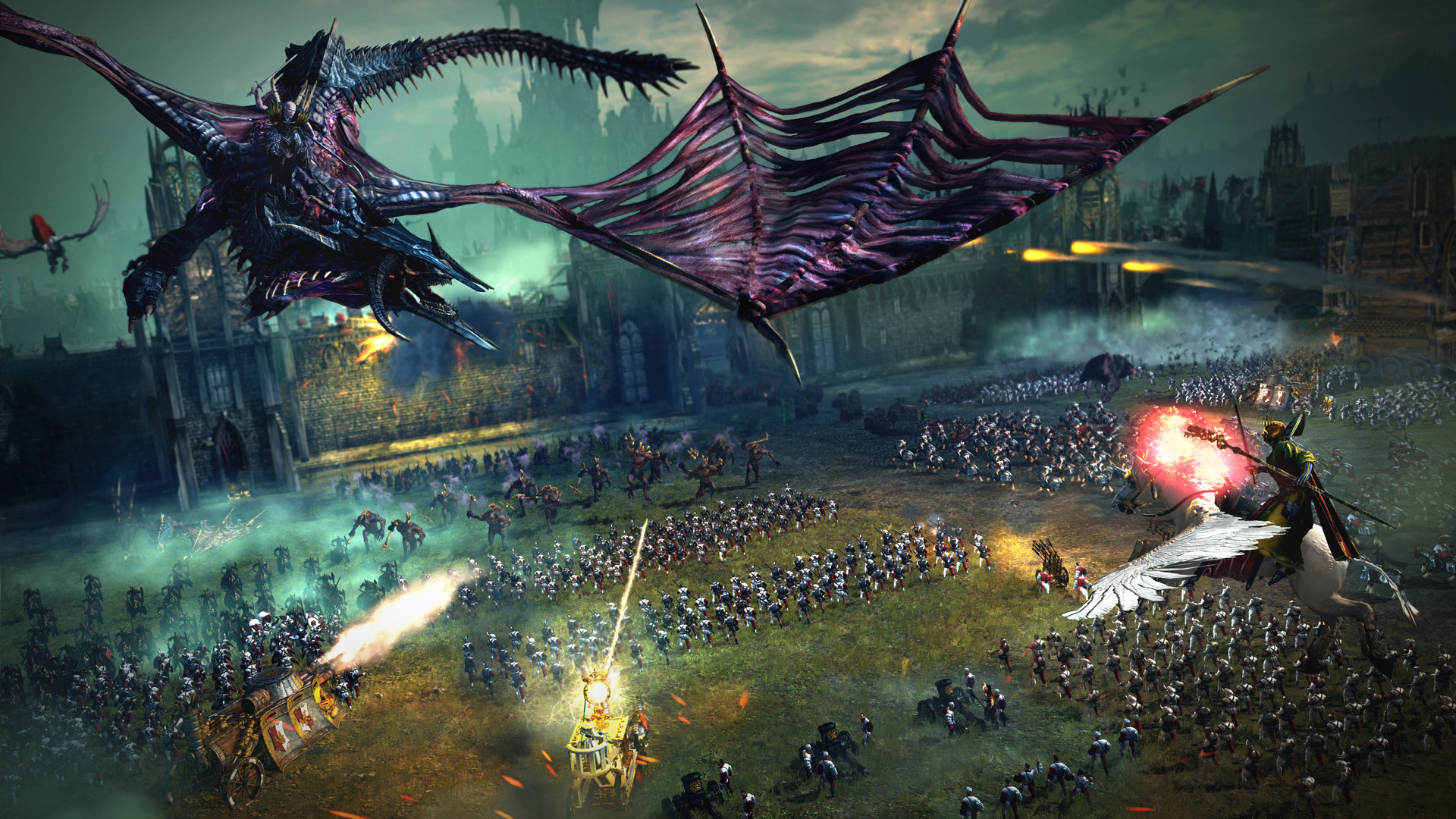

The benefits of units ranking up (through copper, silver, and gold levels chevrons) are minimal, but since units get ranks up for free as long as the unit survives, there’s no real downside. +loot from occupying, sacking, or razing cities.

The following kinds of research are good to do early, so they pay off the most in the long run: At the same time, you can get a building or two built, and get some research done.ĭepending on the buildings, this may give you access to new units you want to recruit.ĭepending on the research, it may give you an interesting edge, or perhaps a bonus after you win your first battles. Instead of rushing out to play with your brand-new (and low-quality) armor, consider bulking up that army with a few extra units, to bring yourself to a full stack of 20 units. unit = one whole block of troops, represented by 1 unit card.
 troop = a single model or soldier within a larger unit. Members of the same race are represented by the same kind of shield outline in their heraldry race = one of the many different species in TWW2 members of the same race tend to have similar overall strategies & playstyles. Lord = the leader of an army, who is always attached to an army. All players start with 1 Legendary Lord at the start of the game, and more can be recruited if you Confederate or conquer others of your same race Legendary Lords get quests that improve their effectiveness when completed. Legendary Lord = the uniquely-named leader of an army, who is always attached to an army, and who leads a faction in the game. Heroes can be recruited at settlements after corresponding buildings are constructed Hero = a powerful agent of a race heroes can conduct a variety of Campaign Map actions, and can be embedded into armies to add to the army’s fighting strength. faction = a sub-set of a race, indicated by different colors & symbols on their heraldry. A compilation of tips, tricks, hints, and strategies that are generally useful across races & factions of Total War: Warhammer II.
troop = a single model or soldier within a larger unit. Members of the same race are represented by the same kind of shield outline in their heraldry race = one of the many different species in TWW2 members of the same race tend to have similar overall strategies & playstyles. Lord = the leader of an army, who is always attached to an army. All players start with 1 Legendary Lord at the start of the game, and more can be recruited if you Confederate or conquer others of your same race Legendary Lords get quests that improve their effectiveness when completed. Legendary Lord = the uniquely-named leader of an army, who is always attached to an army, and who leads a faction in the game. Heroes can be recruited at settlements after corresponding buildings are constructed Hero = a powerful agent of a race heroes can conduct a variety of Campaign Map actions, and can be embedded into armies to add to the army’s fighting strength. faction = a sub-set of a race, indicated by different colors & symbols on their heraldry. A compilation of tips, tricks, hints, and strategies that are generally useful across races & factions of Total War: Warhammer II.







 0 kommentar(er)
0 kommentar(er)
